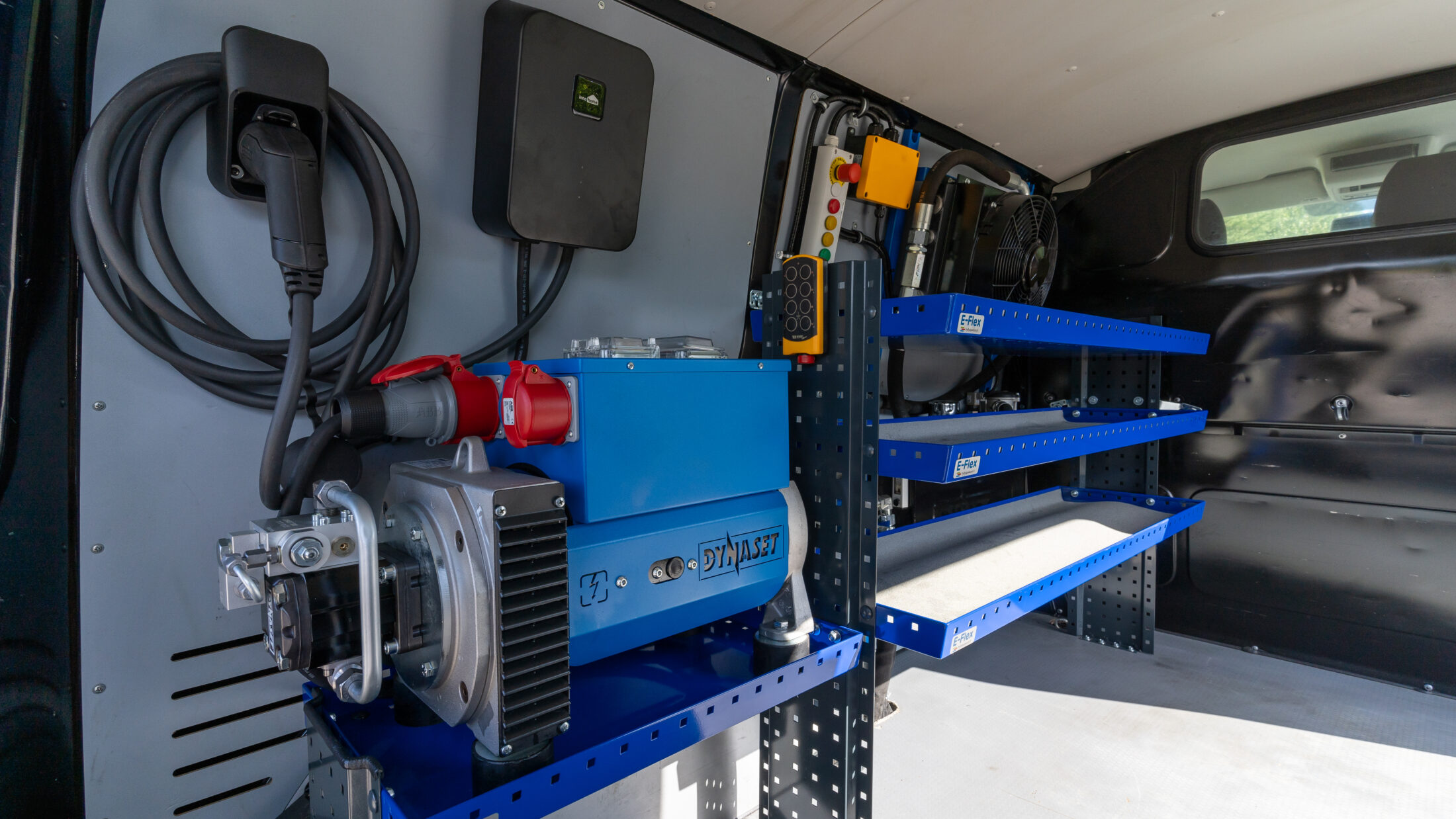Electric vehicles are becoming increasingly common, leading to a demand for specialized towing services that can also recharge the vehicle. Even experienced EV drivers can get caught with a low battery. In such situations, a mobile EV charging service can be a lifesaver.

So, an electric vehicle uses a high-capacity battery to store energy for driving. But if the battery drains empty and is at a low level long enough, it may deplete its overall capacity. Commonly used lithium-ion batteries may suffer irreversible chemical changes in the battery cells in this situation. Because of that, you should recharge empty batteries as quickly as possible.
Small Recharge for Preventing Battery Damages
A modern towing company can reduce battery damage risk by offering a mobile EV charging service. Two options help to keep the battery in good condition if it has dried out on the road. The first is charging the car battery while towing to the nearest charging point. This method decreases the time while the battery is empty, reducing the risk of losing the battery’s overall capacity. The second option is quick charging on the road.

Quick Charging on the Road – Call the charging station for you!
The second option is to charge the vehicle quickly at the side of the road. This requires a tow truck with powerful DC quick-charging equipment. So, if an electric vehicle battery runs out on the road, it can be charged as much as needed for the next part of the trip. As a result, the EV doesn’t need towing at all.

DYNASET EV Charging Solutions
Dynaset offers three mobile EV charging packages under the DYNASET EV Charger line: S, M, and L. Each package includes a sufficient HG hydraulic generator, charging station, and cables.
The power to run the HG Hydraulic Generator is taken from the towing vehicle’s engine via hydraulics. This makes the recharging equipment compact and easy to fit for any towing vehicle. A hydraulic power take-off, or PTO, can be easily installed in almost any vehicle with a PTO installation kit.
The charging packages have been designed to work in every condition, even with a fully depleted battery. You can charge EVs and electric machinery on the road with these packages. Also, the generator’s power can be used for other electric appliances anywhere as they can be equipped with standard electrical sockets.
DYNASET EV Charger S – AC Charging station
The S package is a Mode 3 (AC) CCS Type 2 charger with a maximum charging power of 22 kW. However, as you may know, some vehicles are equipped with an 11 kW internal charger, so this may limit the recharge power. This charging package requires 66 liters at 260 bar from the vehicle’s hydraulic system. The system’s generator can also power other electrical appliances with an output of 400V / 27.4A and 230V / 16A. This package is a good option for recharging during towing to the nearest quick charger with a smaller towing vehicle
DYNASET EV Charger M and L – Quick Charging Stations
The M and L packages are quick chargers using Mode 4 (DC) CCS Type 2. They differ in output power and hydraulic requirements. The M package provides 30 kW of charging power (requiring 95 l/min @ 260 bar hydraulics) and can power up to 45 Amps for other three-phase appliances.
The L package offers 40 kW charging power (requiring 127 l/min @ 260 bar hydraulics) and supports three-phase appliances up to 60 Amps.
Subscribe to DYNASET Newsletter!
What Does This Mean in Practice?
For the comparison, Dynaset made some calculations about the recharge times of these packages. The calculations used an average consumption of 18 kWh/100 km (3.45 mi/kWh), which means a medium-sized electric vehicle like ID4 or Polestar 2 Single motor. In optimal conditions, the S package provides 50 kilometer (31-mile) range in 50 minutes to such an EV in a case where the internal charger limits the charging power to 11 kW. In the case of the DYNASET EV Charger M, the recharge time for the same range is 18 minutes, and with the L package, it is an astonishing 13 minutes.

Do You Need Tailoring for These Packages?
We know there are also other standards than CCS in the charging scene. Even though the packages are usually equipped with a CCS-type charging station, we can switch the station to meet your needs. So, if you need, for example, a GB/T type charger, we can tailor the package for you.
